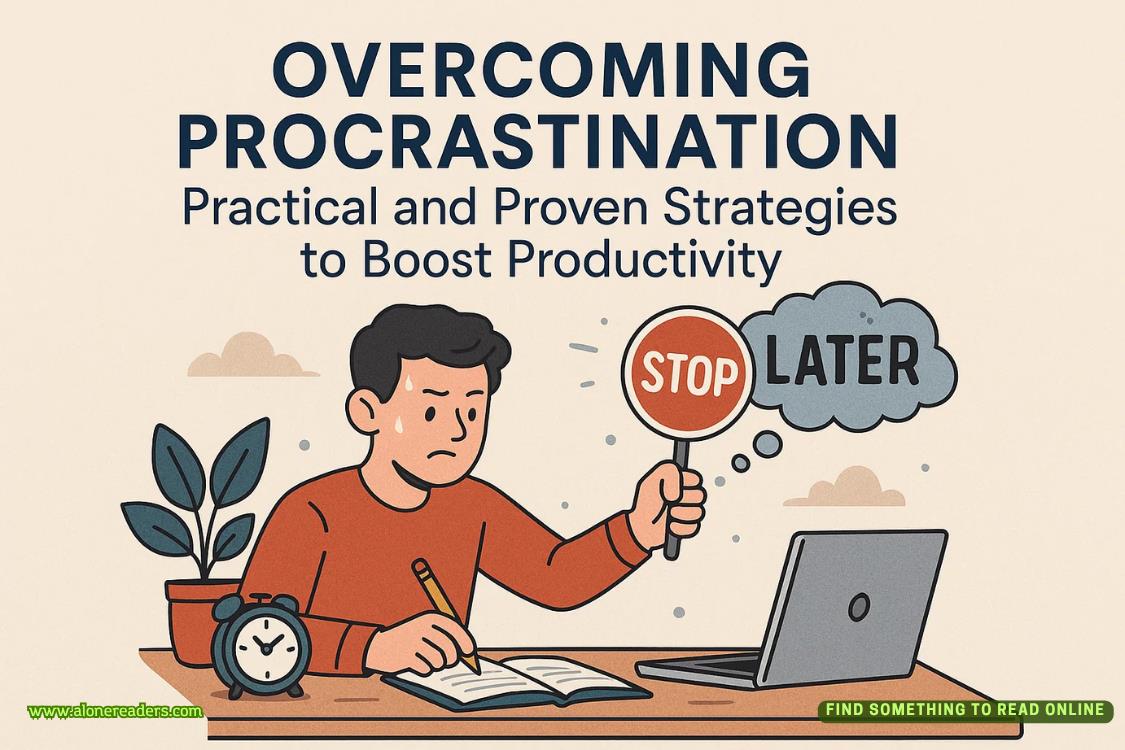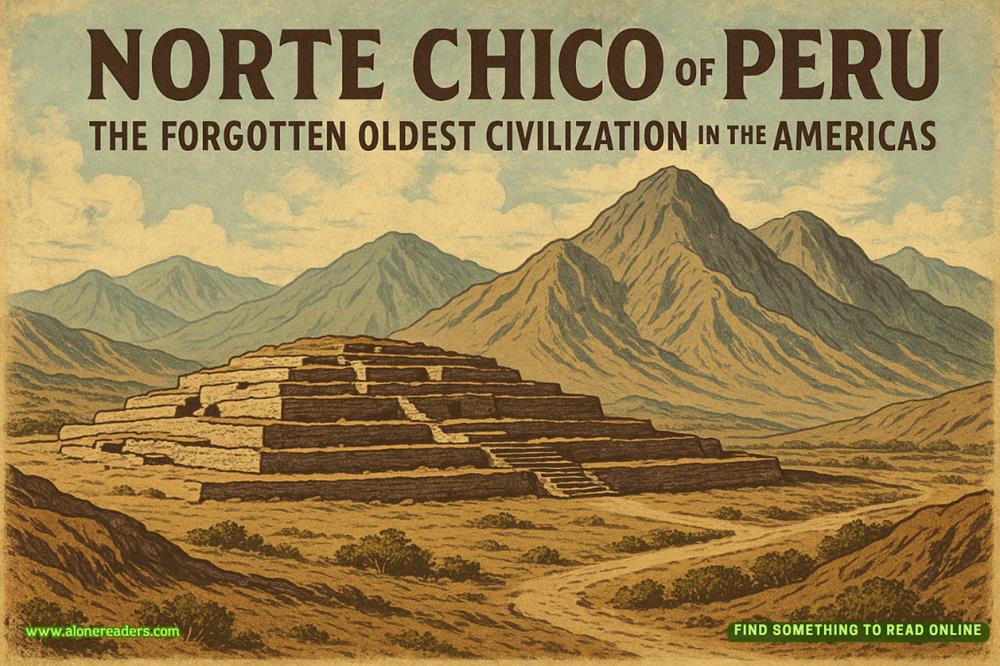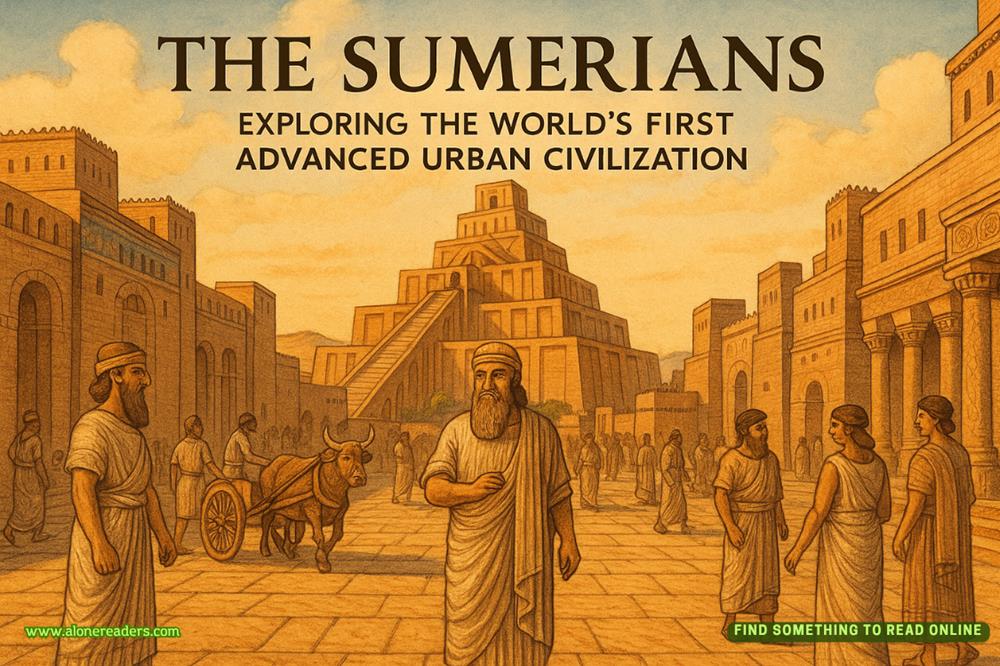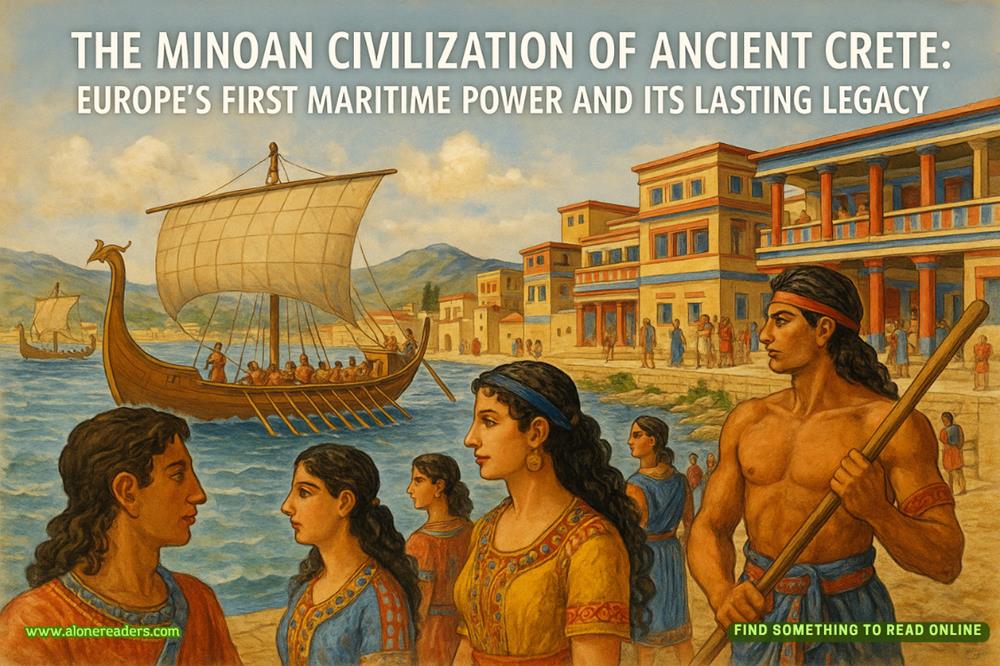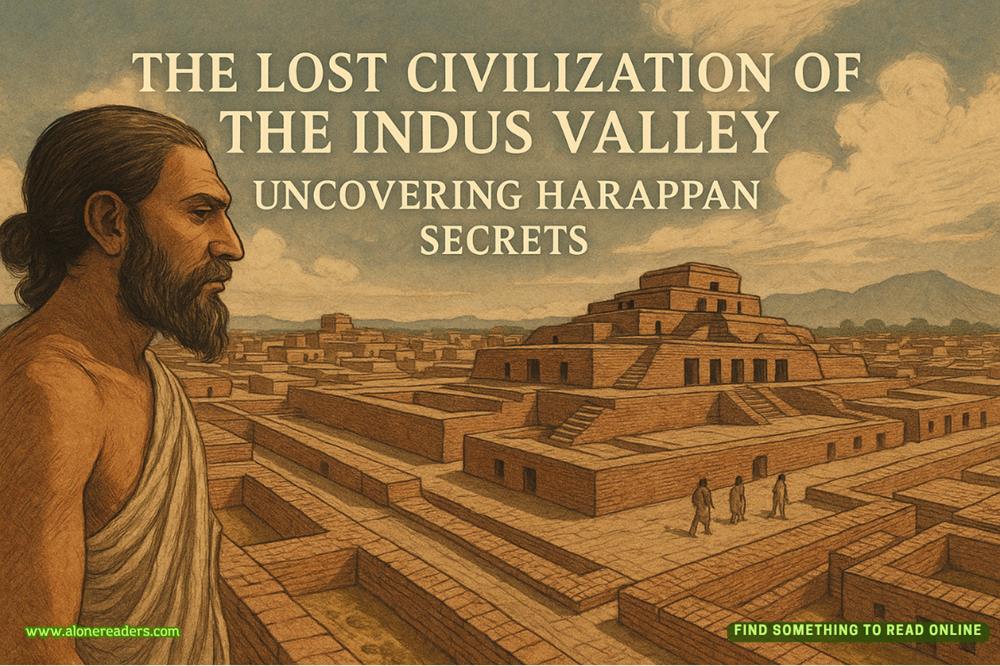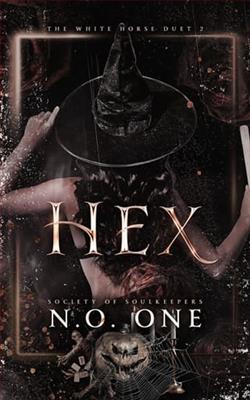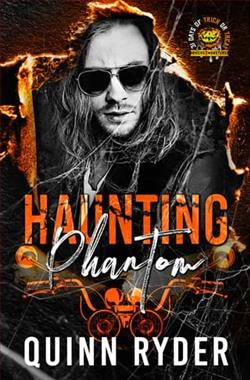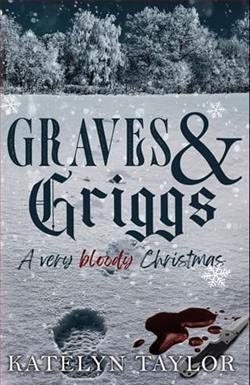Page 48 of A Death in Cornwall
Lovegrove tugged at his French cuff while Gabriel explained the plan. The briefing contained no glaring omissions of fact or intent. Nicholas Lovegrove, a major figure in the art world, deserved nothing less.
“It might actually work, you know. It does, however, contain one serious flaw.”
“Only one?”
“If everything goes according to plan, no money will change hands.”
“That would be a crime, Nicky.”
“No money, no commission. You see my point?”
“I was hoping you might agree to help me out of the goodness of your heart.”
“You have me confused with someone else, Allon.”
Gabriel sighed. “I will restore your Gentileschi for a flat fee of one hundred thousand euros. But only if we’re able to recover the Picasso.”
“You will receive fifty thousand for the Gentileschi, regardless of whether we find that painting.”
“Deal,” said Gabriel. “But I’ll need the money in advance to cover my operational expenses.”
Lovegrove took up a pen. “Where shall I send it?”
Gabriel recited the number and routing information for his much-depleted account at Mediobanca of Milan.
“It will be there by the close of business tomorrow afternoon.”
“You have my gratitude, Nicky.”
“What I want is your word that my role in l’affaire Picasso will never come to light.”
“You have that, too.”
Lovegrove screwed the cap onto his pen. “When would you like me to contact Monsieur Ricard?”
“There are six things I need to take care of first.”
“The paintings?”
Gabriel nodded.
“In that case,” said Lovegrove, “I suggest you get busy.”
***
The crime of forgery requires more than raw artistic talent. The forger must know everything there is to know about the painter he is attempting to imitate—his technique, his palette, the type of canvases and stretchers he preferred. Plenty of forgers used contemporary canvases stained with tea or coffee, but Gabriel insisted on age-appropriate supports. A canvas from the 1950s wouldn’t do for, say, a Cézanne or a Monet. Nor would Gabriel ever dream of using Italian or Dutch linen when forging a painting by a French artist. Yes, finding such canvases could be a time-consuming and costly endeavor. But using the wrong support was how a forger became a convict. Besides, Gabriel had his standards.
Equally challenging for the forger was the creation of a believable provenance that would explain the reemergence of a previously unknown work by a prominent artist. Gabriel also wished to leave the impression that the six paintings might have been seized from their rightful owners during the occupation of France. Therefore, a certain expertise was required. Fortunately, he knew an art historian who specialized in the wartime French art market. They met that evening at a brasserie on the rue Saint-Honoré. The historian insisted on sitting outside in the frigid night air so she could smoke her wretched cigarettes.
“Six fictitious provenances for six forged paintings?” asked Naomi Wallach. “Are you forgetting, Monsieur Allon, that I am currently employed by the French government?”
“I have no intention of profiting from my crime. I will use the forgeries only to make my approach to Galerie Ricard and recover the Picasso.”
She drew a pen and notebook from her handbag. “I’ll need the names of the artists, the titles, and the dimensions.”
“I can’t tell you anything about the motifs or dimensions until I acquire the canvases.”
“What about the artists?”

